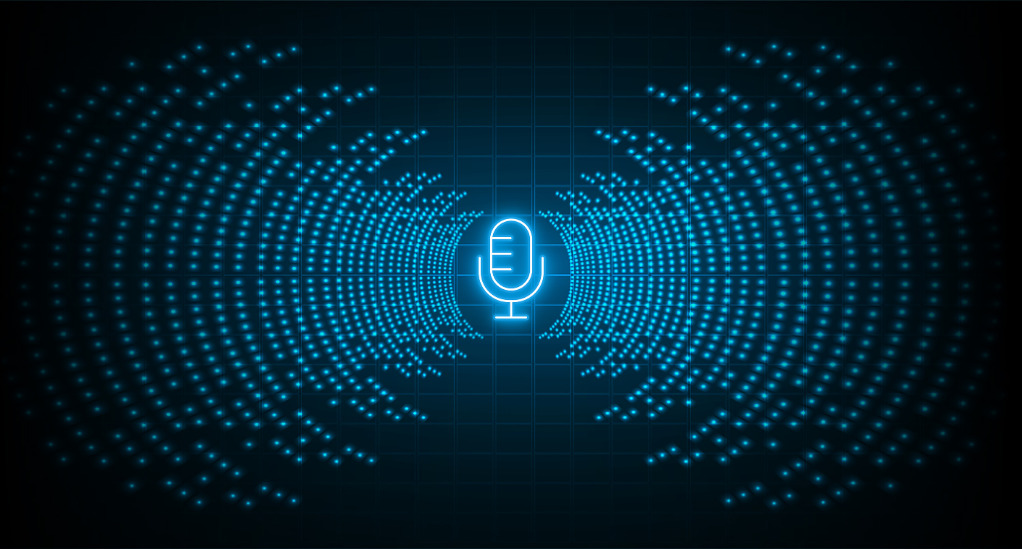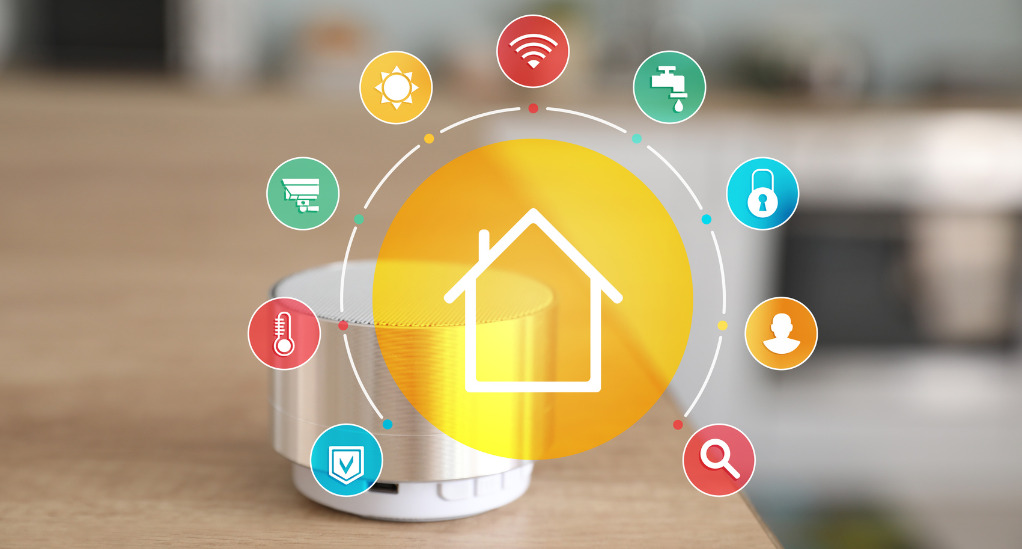
Voice-Activated Wonderland: Setting Up Your Smart Home with Voice Assistants
In the dynamic landscape of home automation, voice assistants have emerged as a cornerstone, promising a future where convenience meets modern technology at every corner of your home. These digital assistants, powered by sophisticated artificial intelligence algorithms, are designed to understand natural language voice commands, facilitating a seamless interaction with a myriad of smart devices in your living space. From adjusting the lighting and temperature with a simple command to securing your home as you exit, voice assistants are here to elevate the standard of living, offering a glimpse into the future of connected living.
As we venture further into the realms of a voice-activated smart home, it is imperative to lay a strong foundation by understanding the core components that make up this innovative ecosystem. The choice of the voice assistant, its compatibility with other devices, and its alignment with your lifestyle are pivotal in crafting a home that not only listens but responds intelligently to your needs. In this guide, we will walk you through the essential steps and considerations in setting up your smart home with voice assistants, steering you towards a living space that epitomizes convenience, efficiency, and futuristic living.
Understanding Voice Assistants
In the burgeoning world of smart homes, voice assistants stand as the linchpin, orchestrating a symphony of devices to create a harmonious living environment. As we delve deeper, it becomes imperative to understand what voice assistants are, the leaders in the market, and how they integrate within a smart home setting.
What are Voice Assistants?

Voice assistants are AI-powered software applications designed to engage in a two-way conversation with the user, understanding and executing verbal commands to perform a variety of tasks. These tasks range from simple actions like setting a reminder or playing music to more complex operations such as controlling smart home devices. The underlying technology leverages natural language processing, machine learning, and voice recognition to facilitate this interaction, offering a hands-free, voice-controlled environment.
The Leading Voice Assistants in the Market
As you embark on the journey to set up a smart home with voice assistants, it is crucial to acquaint yourself with the frontrunners in the market. Let’s take a closer look at the major players:
- Amazon Alexa: A veteran in the space, offering a rich ecosystem of compatible devices and skills.
- Google Assistant: Renowned for its deep integration with Android devices and superior natural language understanding.
- Apple Siri: A staple for Apple users, Siri offers seamless connectivity with iOS devices and HomeKit-enabled accessories.
- Microsoft Cortana: Although less popular, it integrates well with Windows platforms and offers a range of functionalities.
How Voice Assistants Work in a Smart Home Environment

Understanding the mechanics of voice assistants in a smart home setting is the cornerstone of setting up a voice-activated ecosystem. Here, we break down the process step by step:
- Voice Activation: Initiating the assistant using a wake word such as “Alexa,” “Hey Siri,” or “Okay Google.”
- Command Interpretation: The assistant processes and interprets the verbal command using natural language processing techniques.
- Task Execution: The assistant communicates with the respective smart device(s) to execute the command.
- Feedback: Providing auditory or visual feedback to confirm the successful execution of the command.
To foster a seamless interaction with various devices, it is essential to ensure that the voice assistant can understand and execute commands accurately, necessitating a setup that considers the compatibility and functionality of each device in the ecosystem.
Choosing the Right Voice Assistant for Your Smart Home
Embarking on the journey to a voice-activated smart home begins with selecting the right voice assistant that aligns with your preferences and the ecosystem of devices you envision for your home. In this section, we will explore the critical factors to consider while making this choice, ensuring a seamless integration and a harmonious smart home experience.
Factors to Consider
When choosing a voice assistant, several factors come into play. Here, we outline the most crucial aspects that should guide your decision:
- Compatibility: Ensure the voice assistant is compatible with the existing or planned smart devices in your home.
- Language Support: Consider the range of languages the assistant supports to facilitate easy communication.
- Response Time: A vital factor is the speed of response, which contributes to a smooth user experience.
- Privacy Concerns: Delve into the privacy policies of the voice assistant to understand how your data is handled.
Setting Up Your Voice Assistant
Once you have chosen the ideal voice assistant for your smart home, the next pivotal step is setting it up correctly to ensure a seamless and intuitive user experience. In this section, we will guide you through the installation process, connecting to various devices, and configuring voice pipelines for optimal functionality.
Installation and Setup Guide
Setting up your voice assistant involves a series of steps that are generally user-friendly and designed to get you started with minimal hassle. Here is a step-by-step guide to help you set up your voice assistant:
- Download the Necessary App: Be it Alexa, Google Assistant, Siri, or Cortana, the first step is to download the respective app on your smartphone or tablet.
- Device Setup: Follow the in-app instructions to set up the voice assistant device, which usually involves connecting it to your Wi-Fi network.
- Account Setup: Create or log in to your account, providing the necessary details and preferences.
- Voice Training: Most assistants offer a voice training feature to understand your voice better and respond more accurately to your commands.
Configuring Voice Pipelines for Optimal Functionality
Voice pipelines are crucial in ensuring that your voice assistant understands and executes your commands accurately. This involves setting up routines and configuring settings to facilitate a smooth operation. Here we explore how to set up voice pipelines effectively:
- Creating Routines: Guide on creating routines that allow you to control multiple devices with a single command.
- Setting Preferences: Instructions on setting preferences for different times of the day or specific situations.
- Testing and Tweaking: Once set up, it is essential to test the system and tweak settings for optimal performance.
Crafting Voice Commands and Routines
With your voice assistant set up and integrated with your smart home devices, the next exciting step is to craft voice commands and routines that will bring your smart home to life. In this section, we will guide you through creating both simple and complex voice commands, setting up routines for convenience and energy efficiency, and offering tips for naming devices and setting up groups.
Creating Simple and Complex Voice Commands
Voice commands are the essence of a voice-activated smart home. They range from simple commands to control a single device to complex commands that can trigger a series of actions. Here, we delve into the art of crafting voice commands:
- Simple Commands: “Turn on the lights,” “Play music,” etc.
- Complex Commands: “Good morning” to trigger a series of actions such as opening the blinds, starting the coffee maker, etc.
Enhancing Security with Voice Assistants
As we delve deeper into the world of smart homes, it becomes increasingly essential to focus on security. Voice assistants can play a pivotal role in enhancing the security of your home through various features and settings. In this section, we will explore how to leverage voice assistants for enhanced security, focusing on voice recognition and privacy settings, and setting up secure voice commands for locking doors and monitoring security cameras.
Voice Recognition and Privacy Settings
Voice recognition technology in voice assistants can be utilized to enhance security by recognizing different users and personalizing responses accordingly. Here, we delve into setting up voice recognition and privacy settings:
- Voice Recognition Setup: A guide to setting up voice recognition to identify different users in the household.
- Privacy Settings: Understanding and configuring privacy settings to safeguard your personal information.
Troubleshooting Common Issues
As with any technology, setting up and using voice assistants can come with its own set of challenges. However, being aware of potential issues and knowing how to troubleshoot them can make the process much smoother. In this section, we will address common issues that users face and provide solutions to help you maintain a seamless voice-activated smart home environment.
Debugging Pipelines
Pipelines are the pathways through which voice commands travel to execute actions in your smart home setup. Sometimes, these pipelines can face issues, leading to non-responsive or incorrect actions. Here, we delve into debugging pipelines:
- Identifying Issues: Learning how to identify issues in the pipelines through error messages and logs.
- Resolving Issues: Step-by-step guide to resolving common issues in the pipelines.
The Future of Voice-Activated Smart Homes
As we stand on the cusp of a new era in home automation, it is exhilarating to envision the future trajectories of voice-activated smart homes. In this concluding section of our guide, we will explore the latest trends and advancements in the field, the role of AI in enhancing voice assistant functionalities, and take a speculative leap into what the future holds for smart homes equipped with voice assistants.
Latest Trends and Advancements
The world of voice-activated smart homes is ever-evolving, with new developments continually reshaping the landscape. Here, we delve into the latest trends and advancements:
- Integration with AR and VR: The potential integration of voice assistants with Augmented Reality (AR) and Virtual Reality (VR) to create immersive experiences.
- Predictive AI: The emergence of predictive AI that can anticipate your needs and take actions even before you voice them.
The Role of AI in Enhancing Voice Assistant Functionalities
Artificial Intelligence stands as the backbone of voice assistant technology, continually working to enhance its functionalities. Here we explore the role of AI:
- Natural Language Processing: How AI leverages natural language processing to understand and respond to complex commands.
- Machine Learning: The role of machine learning in improving the voice assistant’s understanding over time through learning patterns and preferences.
Imagining the Future: What’s Next for Smart Homes with Voice Assistants?
As we look forward to a future brimming with possibilities, let us imagine the potential developments in the world of smart homes with voice assistants:
- Holistic Integration: A future where every device in your home can be controlled through voice commands, creating a truly interconnected ecosystem.
- Personalized Experiences: The development of highly personalized experiences, with voice assistants understanding and catering to individual preferences in unprecedented ways.
As we draw this comprehensive guide to a close, we find ourselves at the brink of a new frontier in home automation, one where voice assistants play a pivotal role in shaping a future replete with convenience and innovation. We have journeyed through the intricate pathways of setting up a voice-activated smart home, from understanding the core functionalities of voice assistants to the meticulous setup of devices and crafting routines that resonate with your lifestyle. Along the way, we delved deep into enhancing security features, ensuring a safe haven that responds to your verbal cues with precision and understanding.
As you stand poised to embark on this exciting journey, we encourage you to leverage the insights and knowledge garnered through this guide to create a living space that is not just smart but intuitive, offering a harmonious blend of security, efficiency, and convenience. The future of home automation is a canvas of immense potential, waiting to be painted with the strokes of innovation and technology. As you take this step forward, remember that the realm of technology is ever-evolving, offering new avenues to explore and innovate. We wish you the very best as you transform your home into a voice-activated wonderland, a testimony to the marvels of modern technology, where every command brings you closer to living in the home of the future.


Leave a Reply